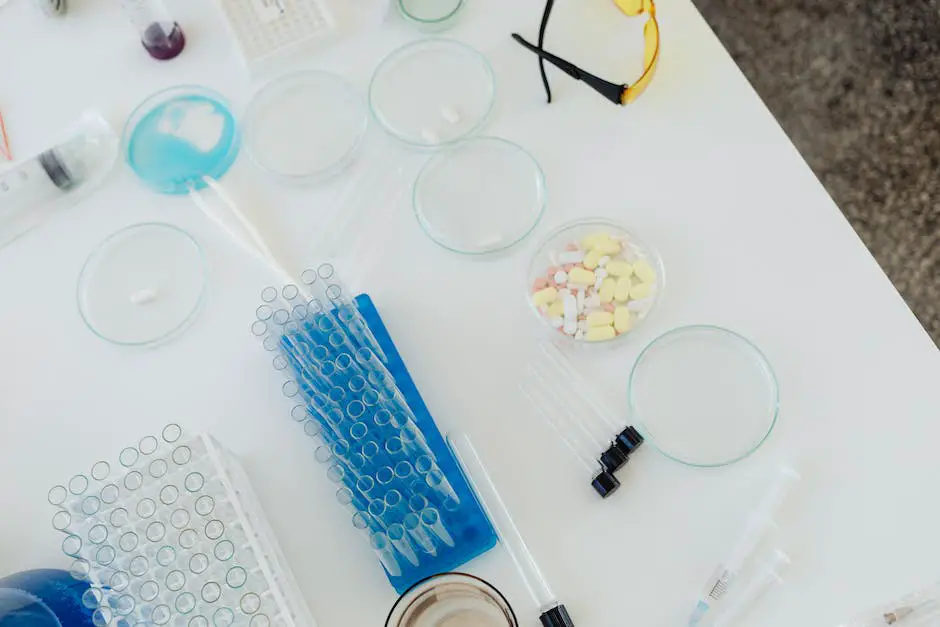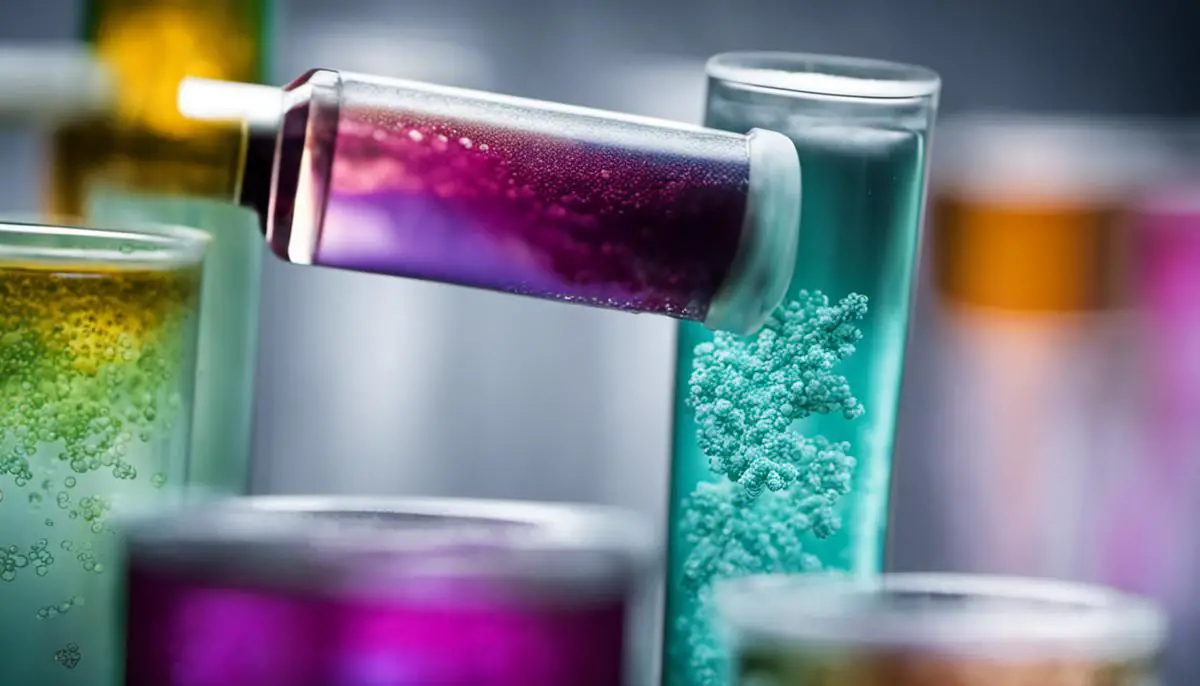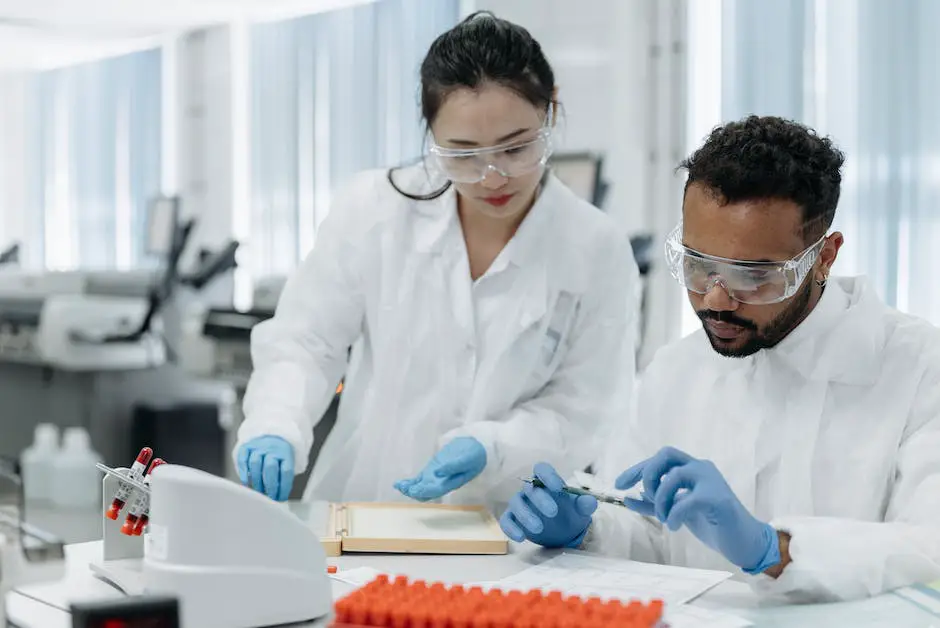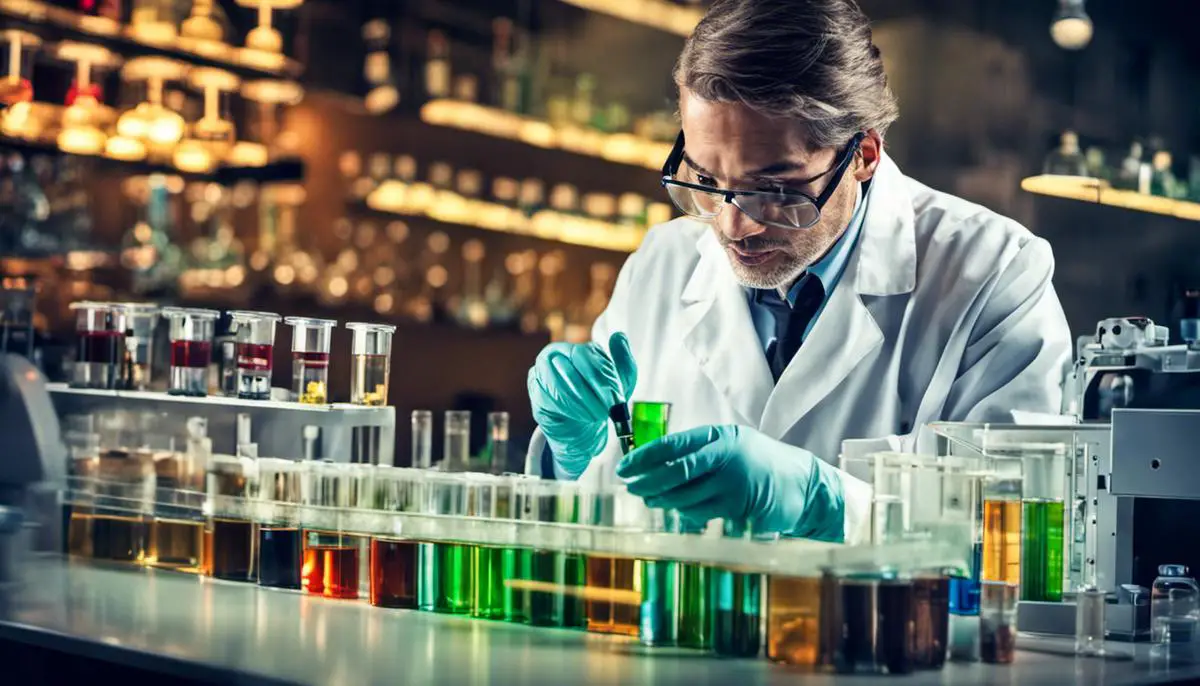Positive and Negative Control, Microbiology, bacteriology, virology, mycology, Positive vs Negative Control, different between Positive and Negative Control.
Microbiology, a vast scientific field, plays a vital role in understanding the complexities of microbial life forms. At the core of the complex experiments in microbiology lie the concepts of ‘positive control’ and ‘negative control’. While these terminologies might come across as confusing to the everyday individual, they are fundamental pillars that ensure the validity and reliability of experimental results.
This discussion provides insights into positive controls, where an testing sample is tested, and negative controls, which aim to detect possible procedural errors.

Basics of Positive Control in Microbiology
Positive Control in Microbiology: The Basics
A positive control in microbiology is an integral part of scientific experiments. This control functions as a standard or comparison in experiments to show that the test system is working correctly. In microbial studies, a positive control is often a known sample of bacteria, virus, fungi, or other microbes that always produce a positive result.
Importance of Positive Control
Positive controls offer a validation mechanism for microbiological research. They ensure that the experimental setup functions as intended and that any negative results are exact and not because the experiment itself failed. Because it contains known organisms that can successfully be grown, a positive control proves that the lab conditions, chemicals, and methods used in the experiment are effective. Therefore, should an experimental test fail to produce expected results, scientists will know to question the experimental procedures put in place.
On a broader level, these controls are critical for verifying biomedical research procedures and getting high-quality, replicable results. Hence, positive controls represent one of the fundamental bases for designing, conducting, interpreting, and replicating successful microbial experiments.
Positive Control in Different Microbiology Areas
In various microbiology areas such as bacteriology, virology, and mycology, usage of positive controls is prevalent.
For example, in bacteriology, E. coli is often introduced as a positive control when testing for coliform bacteria in water systems. Because E. coli is easily identifiable and frequently present in contaminated water, it assists scientists in confirming that their methods for cultural, identification, and counting are adequate.
In virology, a known virus, such as Influenza A, may be used as a positive control in the test for the presence or absence of the said virus. This ensures that the testing methods are reliable.
In the field of mycology, which deals with fungi, Aspergillus or Penicillium might be used as positive controls depending on the context of the experiment. The results from this control assist in validating the growth conditions and reagents employed in the experiment.
Negative Control in Microbiology: The Basics
By contrast, a negative control in microbiological tests is a parallel test setup using conditions known to give no response. This test is crucial because it demonstrates the absence of non-specific effects and validates the specificity of the results.
For instance, in an antimicrobial test, a negative control includes all the experimental setup elements but omits known antimicrobial substances. If growth is observed in this control, it helps establish that the test organism could grow under the test conditions, proving that any non-growth in the experiment demonstrates the antimicrobial’s effectiveness.
Similarly, in a polymerase chain reaction (PCR) testing, a negative control, such as sterile water, is included with each batch of reactions. The absence of amplification (no bands in gel electrophoresis) validates that there are no non-specific amplifications due to contaminants.
Hence, the negative control contributes to ensuring the reliability and the specificity of the experiment.
Overview
Positive and negative controls are fundamental components of microbiological studies, as these control elements are integral for maintaining the reliability and authenticity of experimental research. They provide a robust frame of reference, enabling researchers to derive accurate interpretations from their experimental insights.

Understanding Negative Control in Microbiology
An Introduction to Negative Control in Microbiology
The concept of negative control in microbiology forms a key part of research design, serving as a ‘benchmark’ or ‘norm’ for contrasting and evaluating the results of the experiment. Essentially, a negative control is a subset in a particular study not expected to yield a significant outcome, which verifies that the observed effects were not caused by the experimental process itself.
Significance of Negative Control in Microbiology Experiments
The crucial role of negative control in microbiology experiments cannot be overstated. As it is not exposed to experimental variables, any observed effect in a negative control can indicate experimental error or contamination, hence highlighting false positives. False positives, which are erroneous indications of an effect, can vastly distort experimental findings if not kept in check.
Functions of Negative Control: Eliminating False Positives and Errors
Negative controls play an essential role in curbing inaccuracies in results by identifying experimental inconsistencies, equipment malfunction, or sample contamination. For instance, in a bacterial growth experiment, the negative control grown without bacteria should not reveal growth. If it does, it indicates contamination. Correctly applied negative controls act as an assurance that the experimental results are because of the manipulation of the independent variable and not any extraneous factors.
Examples of Negative Control in Several Microbiology Fields
In various fields of microbiology, negative controls are frequently used. For instance, in antibiotic susceptibility testing, a bacterial sample is cultured in the absence of antibiotics. If the bacteria still do not grow, it signifies a problem with the culture conditions or the bacteria itself, not necessarily the antibiotics’ effectiveness.
Similarly, in molecular biology, a negative control in a PCR (Polymerase chain reaction) experiment does not include the DNA template. This ensures no amplified DNA fragments are present due to contamination.
Understanding Positive Control in Microbiology
Contrary to a negative control, a positive control in microbiology is an experimental group exposed to a known condition to produce a result. It serves as a confirmation that the experimental system is functioning correctly.
Interaction of Positive and Negative Controls in Microbiology
The interplay between negative and positive controls is crucial for accurate, credible experimental outcomes. While negative controls help rule out extraneous effects or false positives, positive controls ensure the experiment is functioning as intended.
For example, in a test designed to detect a specific pathogen in a patient sample, the negative control (without the pathogen) should test negative, and the positive control (with a known amount of the pathogen) should test positive. In this way, both positive and negative controls contribute to the validity of the experimental results.
Essential Role of Controls in Microbiology Experiments
Negative and positive controls play pivotal roles in validating microbiological experiments. Negative controls act as a watchdog by flagging potential procedural flaws and contamination that might lead to inaccuracies such as false positives. On the other hand, positive controls attest to the working efficacies of the experimental setup. The reliability, reproducibility, and credibility of the experimental process are fortified when both these controls function optimally

Difference between Positive and Negative Controls
Positive vs Negative Controls
Positive and negative controls are cornerstones in microbiology experiments, functioning as instrumental tools in corroborating the dependability of the obtained results. While they follow a symbiotic relationship in the context of maintaining standards, their individual functions differ significantly.
Exploring Positive Controls
A positive control refers to an experimental sample subjected to a pre-determined change to ensure the smooth execution of the experiment. Normally, a positive control in microbiology is a bacteria sample that is known to respond predictably to a specific treatment or condition. This caters to validating whether a treatment or condition yields expected outputs under experimental circumstances.
Delving into Negative Controls
Conversely, a negative control does not involve any change. Typically, this sample encompasses a test environment, such as a microbiological growth medium, which does not contain any targeted bacteria or associated treatment. Negative controls play an integral role in confirming that any observed deviations originate from experimental procedures and not from extraneous or non-intentional factors including contamination.
Significance of Positive and Negative Controls
Together, positive and negative controls help develop faith in experimental outcomes by affirming the experiment’s validity. They also aid in capturing potential error sources.
Positive controls attest to the functionality of the experiment by showcasing the anticipated effect when the variable in focus is present. Failure of the experiment to generate results in the context of the positive control suggests potential flaws in the experimental setup – be it the equipment, methodologies, or the reagents.
In contrast, negative controls point out if non-intentional effects are introduced into the experimental setup. Discrepancies in the negative control signal towards possible contamination or equipment malfunction.
Appropriate Usage of Positive and Negative Controls
Positive and negative controls are employed throughout different stages of a microbiology experiment.
For example, to analyze the efficiency of an antibiotic, a positive control could be a known susceptible bacterial strain – this confirms the effectiveness of the antibiotic under the experiment’s conditions. Concurrently, a growth medium without any bacteria might serve as the negative control – this ensures any observed changes are indeed due to the antibiotic and not any unrelated factors.
While the nature of these controls varies, their importance in assuring reliable, reproducible results that can be accepted by the scientific community remains constant regardless of the experimental setup.

Making easier to understand the concepts of positive and negative controls essentially boils down to their core roles in scientific experiments. Positive controls serve as a benchmark to confirm that the experimental setup is working as intended, while negative controls act as the litmus test for accidental errors, preventing the intrusion of false positives. Across bacteriology, virology, mycology, and more, these controls ensure that the scientific findings we base our decisions on are accurate and reliable.
FAQ – Positive and Negative Control in Microbiology
What is a positive control in microbiology?
A positive control is a known substance or organism that is added to an experiment to ensure that the experimental conditions are working properly and that the test is detecting what it is supposed to detect.
For example, in a test for the presence of bacteria, a positive control would be a known bacteria culture. If the test does not detect the positive control, then it is likely that the test is not working properly.
What is negative control test in microbiology?
A negative control test is an experiment in which the microbiologist knows that there will be a negative outcome. This is done to ensure that the test is not contaminated and that the results are accurate.
For example, in a test for the presence of bacteria, a negative control would be a sterile solution. If the test detects bacteria in the negative control, then it is likely that the test is contaminated.
What is a positive and negative control example?
A positive control is an experiment that is expected to produce a positive outcome. For example, a positive control for a test for the presence of bacteria would be a known bacteria culture.
A negative control is an experiment that is expected to produce a negative outcome. For example, a negative control for a test for the presence of bacteria would be a sterile solution.
Why use negative control in microbiology?
Negative controls are used in microbiology to ensure that the test is not contaminated and that the results are accurate. It provide a baseline to compare the results of the test.
What is the difference between positive and negative control groups?
Positive control groups are exposed to a treatment that is known to produce a specific outcome. Negative control groups are not exposed to any treatment and are expected to have no change.